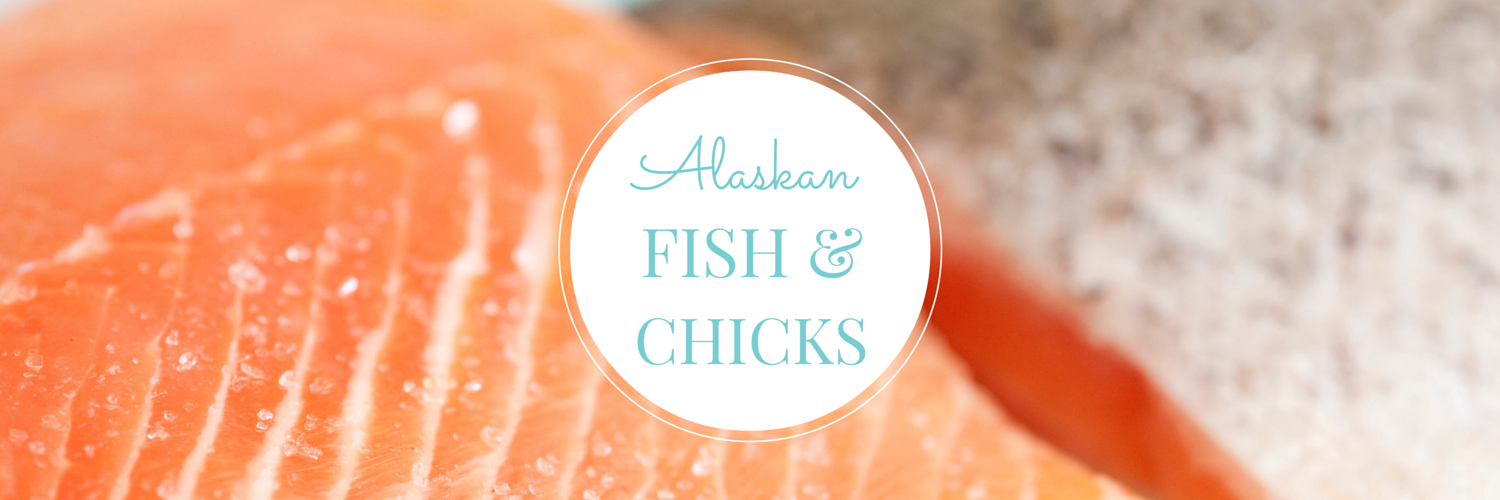This seems to be a controversial subject in Alaska. Most Alaskans have an opinion on what to do with fish once its come out of the water. Many anglers face the daunting task of dealing with 30 or more salmon after a full day of dipnetting or casting.
However once the salmon is caught, it’s imperative that the fish does not sit in water until you get home. If fish is kept in a cooler, make sure the cooler is drained every hour or so to keep the fish from swimming in a murky blood bath.
These suggestions for preserving and freezing fish are my best methods along with some tips from old timers and many forum discussions.
My method
At the fishing hole:
1. After the fish leaves the water, cut the gills to start bleeding the fish. This prolongs the freezing life of the filets.
2. Avoid unnecessary violence. Bruising and bumping the fish will damage its cellular tissue.
3. Keep the fish on ice and protected from seagulls. Make sure the ice melt can drain from the fish.
At home or processing site:
 1. Rinse the whole fish with fresh water as completely as possible. Waiting to gut until you are home creates more mess but avoids sand in your filet. Gut the fish and remove the bloodline.
1. Rinse the whole fish with fresh water as completely as possible. Waiting to gut until you are home creates more mess but avoids sand in your filet. Gut the fish and remove the bloodline.
2. Filet salmon in your favorite style- I’ll discuss my method in another post. Pin-boning the salmon is easier to do once the fish has been frozen and thawed.
– It’s best to minimize the amount of fresh water you expose your fish to. Fresh water will enter the cells of the fish and upon freezing will rupture causing a softer texture. If possible rinse fish with a salt water brine instead. The theory behind brining is that the salt keeps the water from entering the salmon cells (something about osmosis) preventing crystallization of the flesh when freezing.
3. Create a brine of 1 gallon water to a half cup of salt. Rinse filleted salmon in the brine.
4. Pat dry filets and lay on cookie sheets or racks and freeze until stiff.
5. Vacuum seal filets that are nice and slime free. If you wish to put two fillets to a bag make sure the fish is packaged flesh to flesh avoiding contact with skin. This is also a good time to pre-season fish with a marinade or teriyaki.
6. Label and date making sure to use fish with any air or other packaging imperfections first.
Glaze method
This method forms an icy shell on the surface of the fish. It is similar to how you would purchase chicken breasts or other frozen meats from the grocery store.
1. Same process for steps 1-4 as above. Instead of vacuum sealing the fish, take the frozen filet and dip it in icy cold water.
2. Refreeze on the cookie sheet again until completely frozen and package in ziplock bags or in a food saver.
3. When defrosting, do not leave the fish sit in the glaze liquid.
Make sure you eat what you catch. Every year craiglist and the classifieds are filled with old, freezer burnt salmon. It’s easy to get caught up in the excitement of catching the fish, but extremely wasteful (and distasteful) throwing out the old fish every spring.
I’ll be posting recipes on using up year old salmon but some good bets are: salmon patties, smoked salmon, and salmon chowder.
More information can be found from UAF Cooperative Extension and the National Center for Home Food Preservation




 We are both born and raised in Alaska, land of the midnight sun and fishing at 2am. We love to find new ways to use fresh ingredients or put a modern spin on an old Alaskan classic. We hope you will enjoy tasting Alaska.
We are both born and raised in Alaska, land of the midnight sun and fishing at 2am. We love to find new ways to use fresh ingredients or put a modern spin on an old Alaskan classic. We hope you will enjoy tasting Alaska.